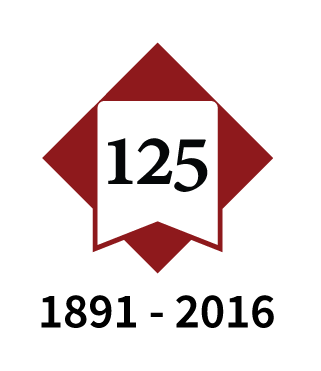
Since its opening in 1891, Stanford has been dedicated to finding solutions to big challenges and preparing students for leadership in a complex world.
To advance this agenda, Stanford must employ talented, motivated people and encourage them to commit their full effort in the pursuit of excellence. Each individual retains the ultimate responsibility for his or her career planning and continuous growth. Managers stand as full partners in supporting Stanford staff members to develop their full potential.
We believe that as an employee, you should:
- Pursue continuous growth and development, excelling in your current role and preparing for new experiences
- Own your development plans, seek and pursue learning experiences and build productive relationships with peers and mentors
- Capture and share your skills, experiences and aspirations to market yourself for potential opportunities. Your goal is to be the best possible candidate for opportunities
Development Through Experience, Exposure, Education
While creating your career development plan, it is important to identify specific activities that will teach you the skills and knowledge needed to succeed in your career apsirations. These should be a combination of Experience, Exposure and Education activities in order for the highest potential for learning and growth to occur.
Over the course of a career:
- Most development (70%) occurs through on-the-job Experiences
- About 20% comes from feedback or relationships, Exposure
- The final 10% is learned through courses and reading, Education
Sample Development Activities
| Experience | Education | Exposure |
|---|---|---|
|
|




